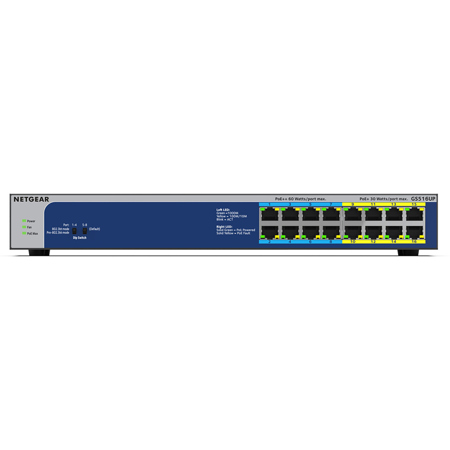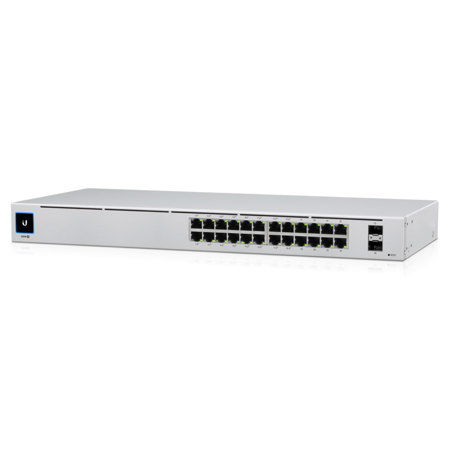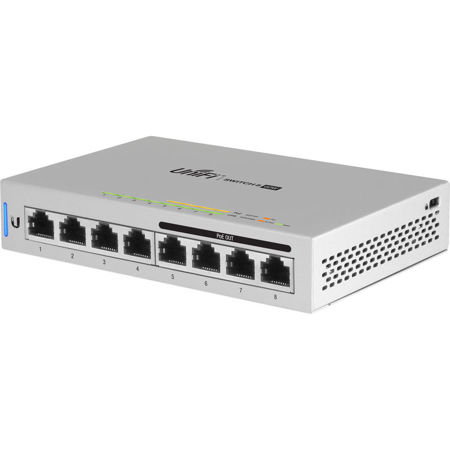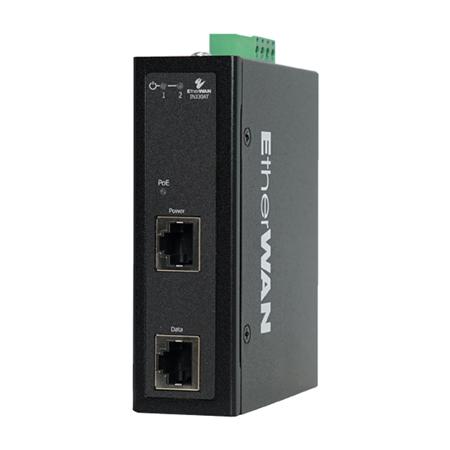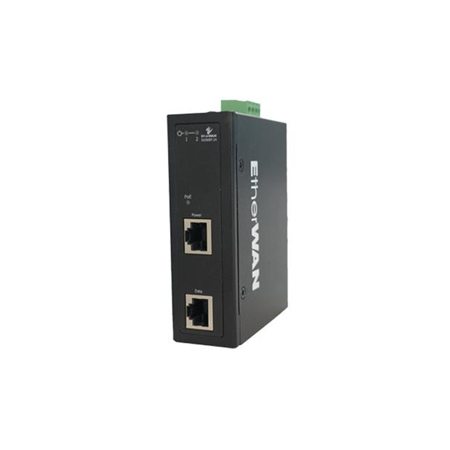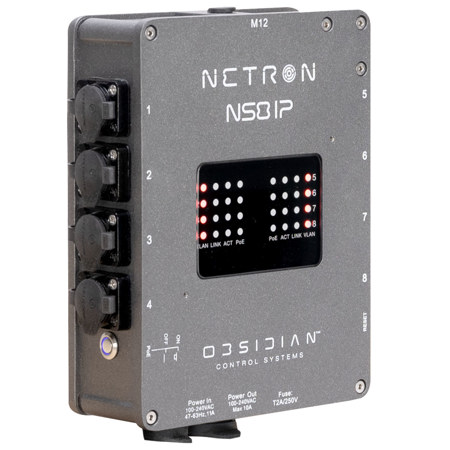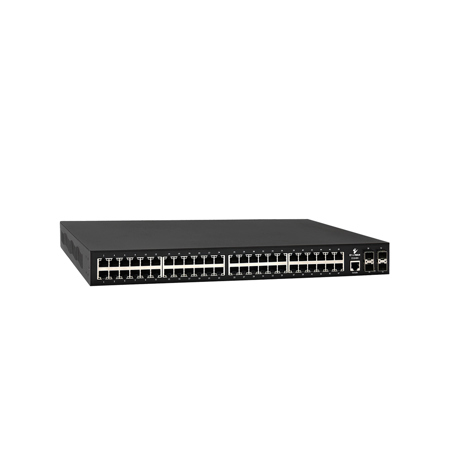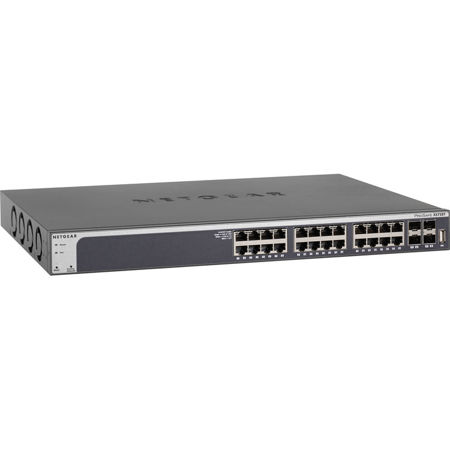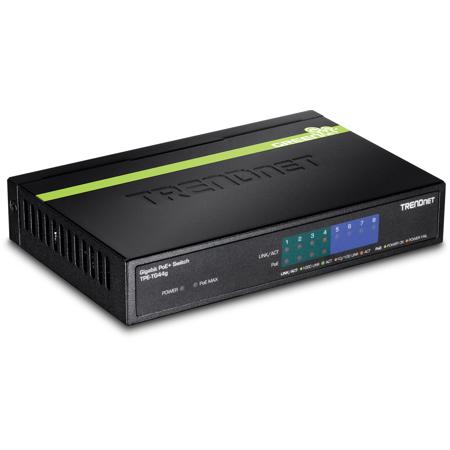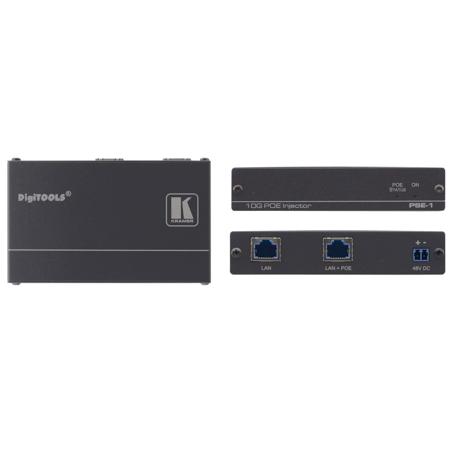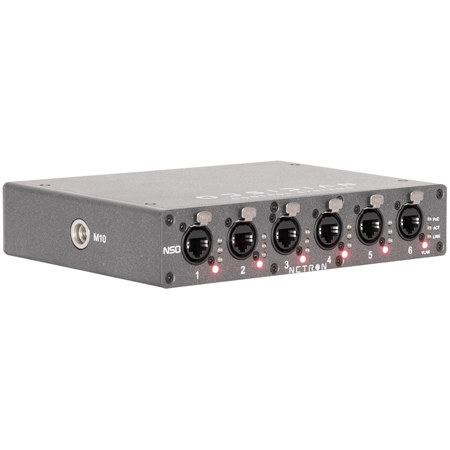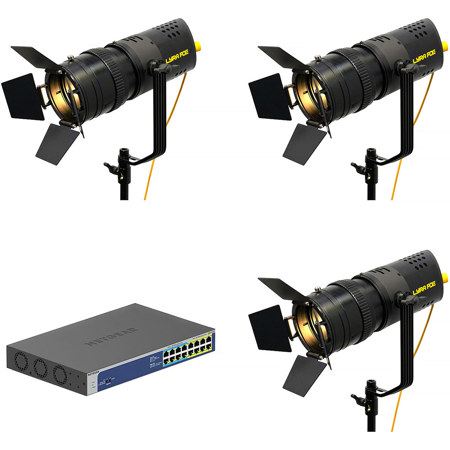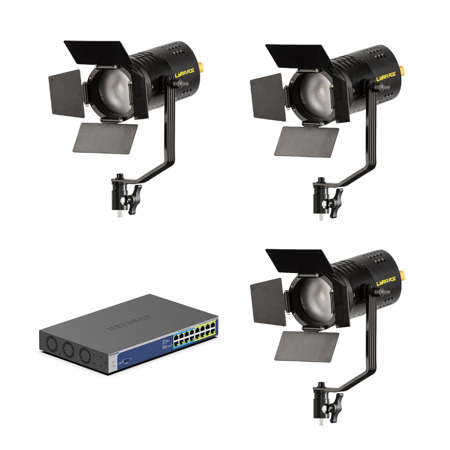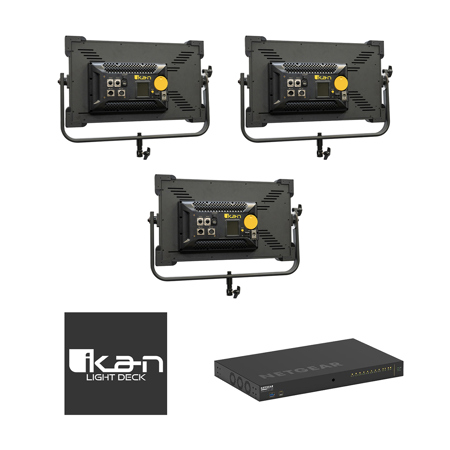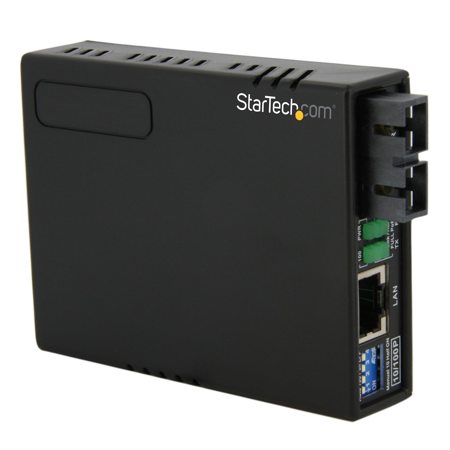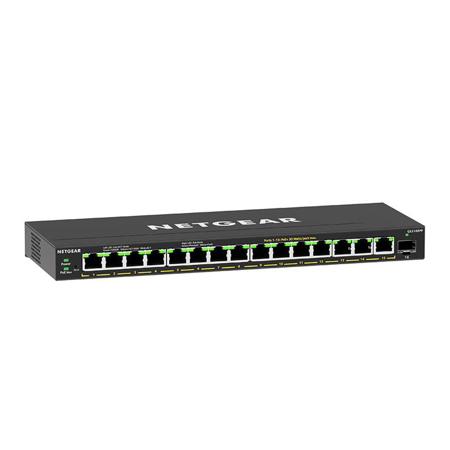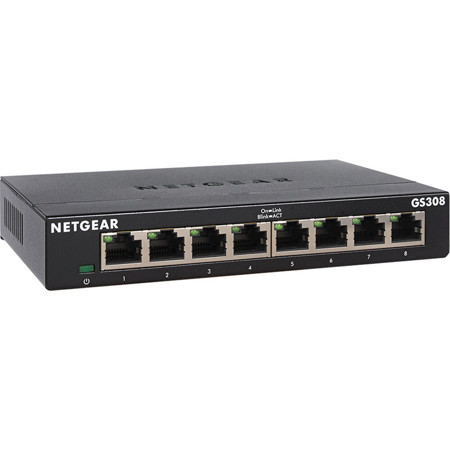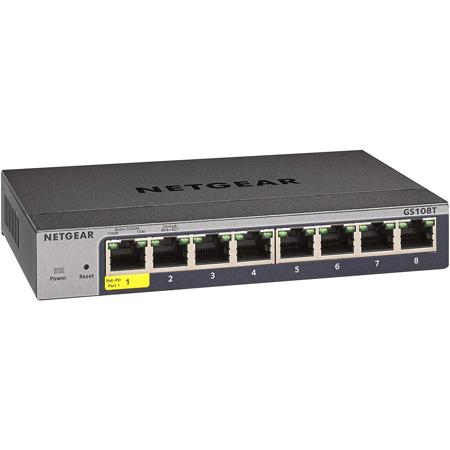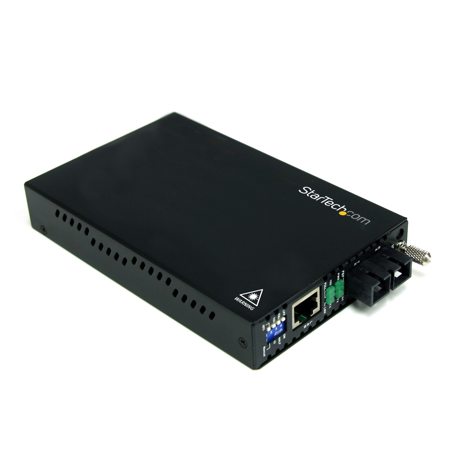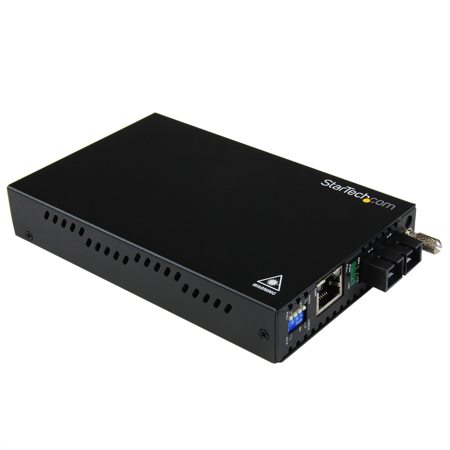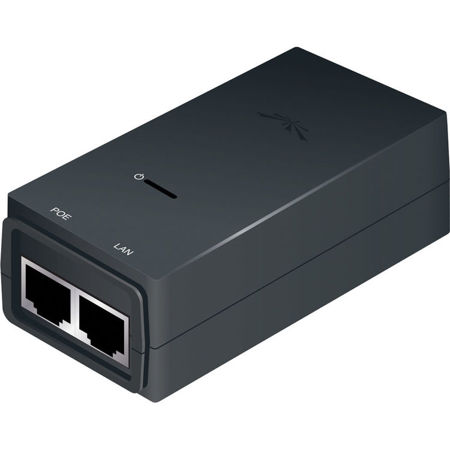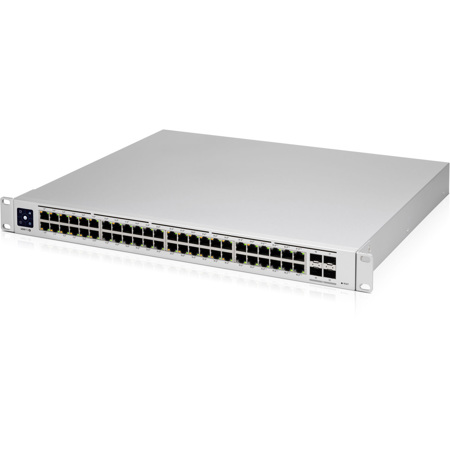Power Over Ethernet Lights
In the world of modern lighting, Power Over Ethernet (PoE) lights are redefining what’s possible for both residential and commercial spaces. By combining data and power delivery through a single Ethernet cable, these innovative fixtures simplify installation, reduce clutter, and offer scalable solutions for smart environments. Whether you’re a homeowner looking to create a seamless, automated ambiance or a facilities manager upgrading an office, gallery, or studio, PoE lighting opens up a world of flexibility and efficiency. Imagine illuminating a creative workspace where every fixture responds intuitively to occupancy, daylight, or schedule—no need for electrical rewiring or complex control systems. In bustling offices, PoE lights can be programmed to adapt throughout the day, supporting productivity and well-being. Even in home studios, these systems allow for fine-tuned control, letting you set the perfect mood for shooting portraits or recording video content, all from a central dashboard or mobile device.
As the days grow shorter in November and natural light becomes precious, the advantages of PoE lighting become even more apparent. These solutions are especially valuable in environments where lighting quality and control are paramount—think photography studios, video production sets, classrooms, and conference rooms. For tech enthusiasts and early adopters, PoE lights make a thoughtful and practical gift, offering the recipient a taste of next-generation automation and energy efficiency. Installation is often straightforward: since power and data run through the same cable, there’s less need for electrical outlets or invasive construction, making them ideal for both new builds and retrofits. Integrators and IT professionals appreciate the centralized management features, which allow for remote monitoring, scheduling, and energy tracking across multiple zones or locations. And for those already using networked devices, adding PoE lighting can be as simple as plugging into the existing infrastructure, complementing other smart equipment like security cameras or access points. If you’re interested in building a fully connected environment, explore related technologies such as Power Over Ethernet Access Points to further streamline your networked solutions.
When considering PoE lighting, it’s important to think about the specific needs of your space. Lighting intensity, color temperature, and fixture design all play a role in achieving the right look and feel. For photographers and content creators, the ability to adjust brightness and warmth on the fly can make a significant difference in capturing the perfect shot. In educational or healthcare settings, tunable lighting can help create environments that support focus, relaxation, or alertness as needed. Energy savings are another compelling benefit—since PoE systems often include advanced scheduling and occupancy sensors, they can automatically dim or switch off when not in use, reducing unnecessary consumption. As you browse the selection, consider the compatibility with your current network hardware and the scalability for future expansion. Whether you’re upgrading a single room or planning a comprehensive overhaul, PoE lighting offers a blend of convenience, sustainability, and cutting-edge technology that’s perfectly suited to the demands of today’s connected spaces.
As the days grow shorter in November and natural light becomes precious, the advantages of PoE lighting become even more apparent. These solutions are especially valuable in environments where lighting quality and control are paramount—think photography studios, video production sets, classrooms, and conference rooms. For tech enthusiasts and early adopters, PoE lights make a thoughtful and practical gift, offering the recipient a taste of next-generation automation and energy efficiency. Installation is often straightforward: since power and data run through the same cable, there’s less need for electrical outlets or invasive construction, making them ideal for both new builds and retrofits. Integrators and IT professionals appreciate the centralized management features, which allow for remote monitoring, scheduling, and energy tracking across multiple zones or locations. And for those already using networked devices, adding PoE lighting can be as simple as plugging into the existing infrastructure, complementing other smart equipment like security cameras or access points. If you’re interested in building a fully connected environment, explore related technologies such as Power Over Ethernet Access Points to further streamline your networked solutions.
When considering PoE lighting, it’s important to think about the specific needs of your space. Lighting intensity, color temperature, and fixture design all play a role in achieving the right look and feel. For photographers and content creators, the ability to adjust brightness and warmth on the fly can make a significant difference in capturing the perfect shot. In educational or healthcare settings, tunable lighting can help create environments that support focus, relaxation, or alertness as needed. Energy savings are another compelling benefit—since PoE systems often include advanced scheduling and occupancy sensors, they can automatically dim or switch off when not in use, reducing unnecessary consumption. As you browse the selection, consider the compatibility with your current network hardware and the scalability for future expansion. Whether you’re upgrading a single room or planning a comprehensive overhaul, PoE lighting offers a blend of convenience, sustainability, and cutting-edge technology that’s perfectly suited to the demands of today’s connected spaces.
